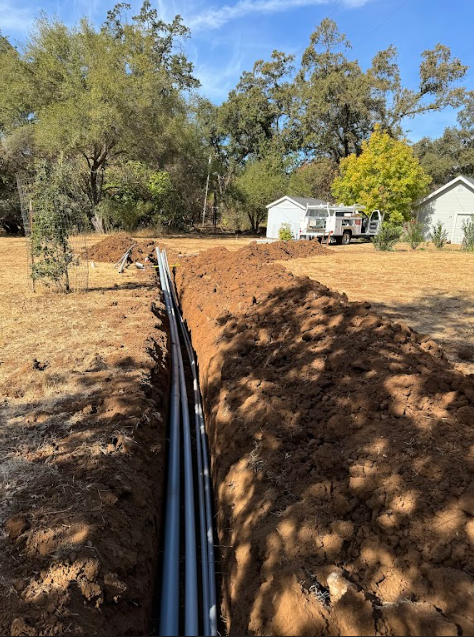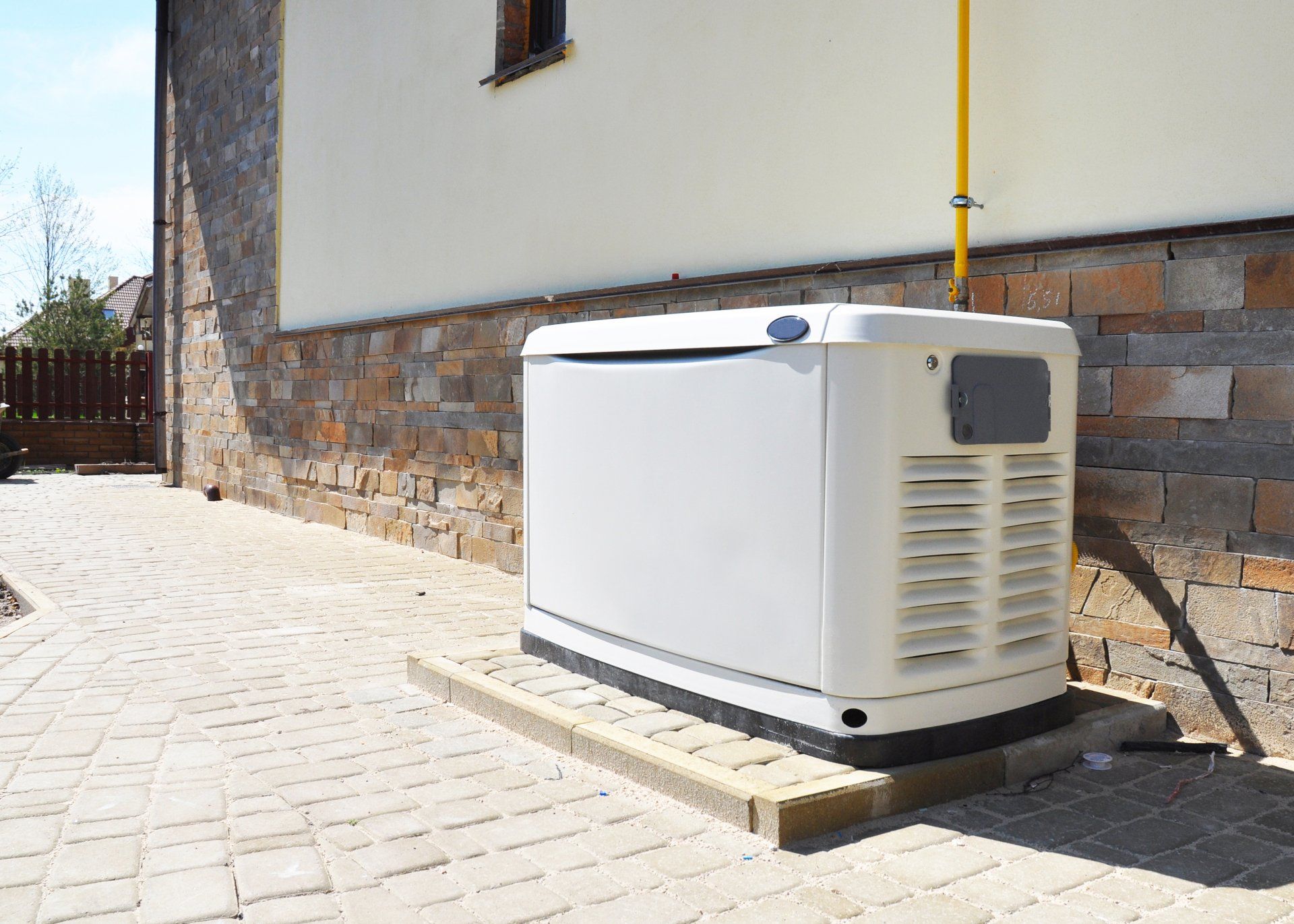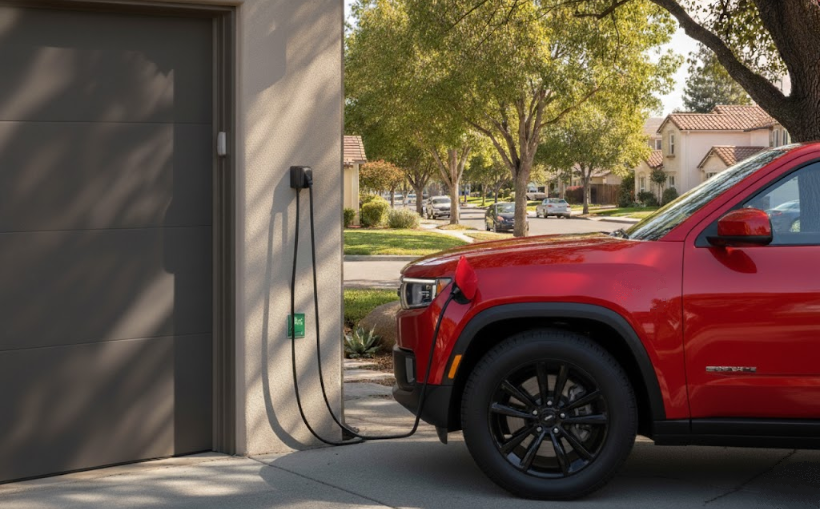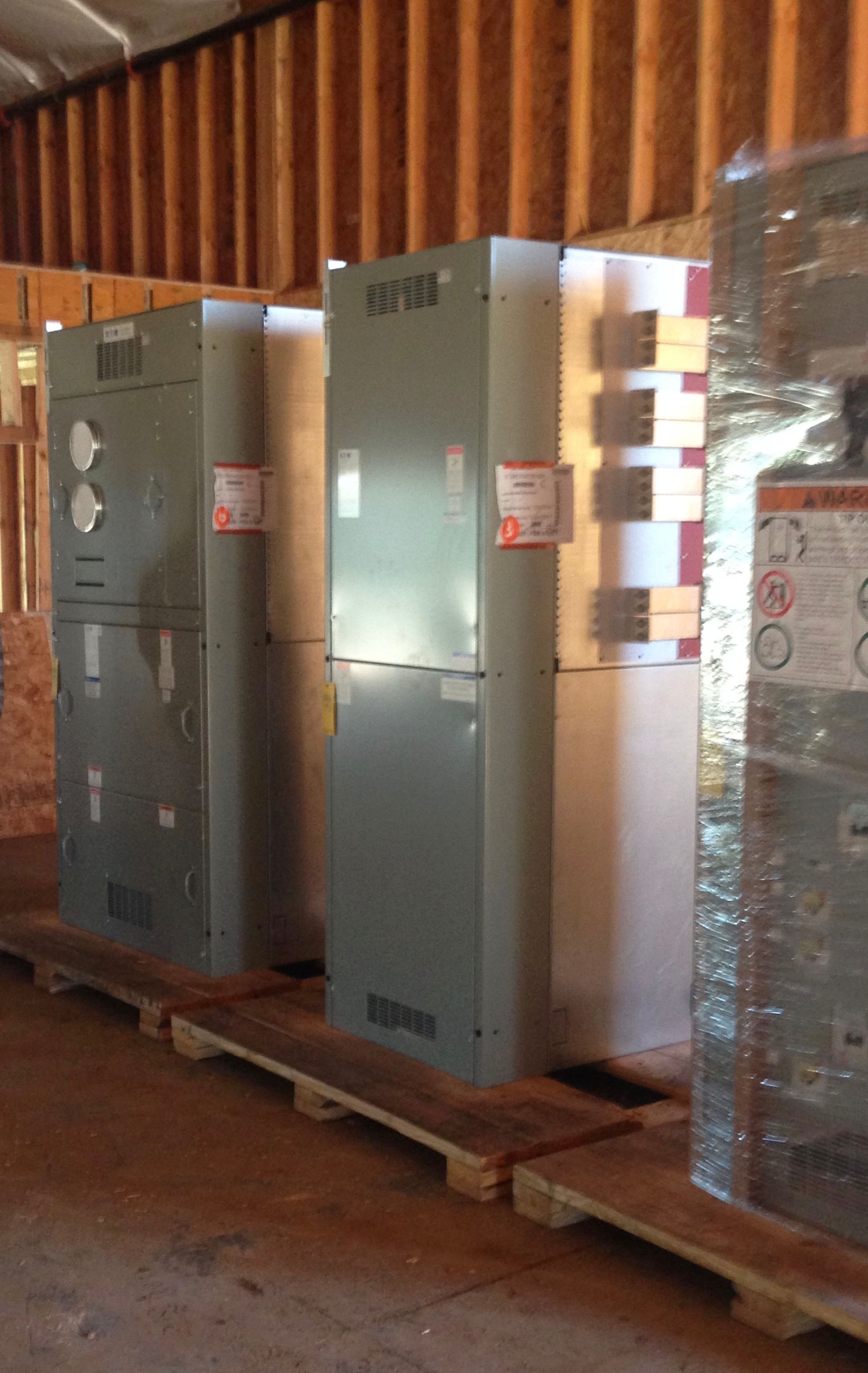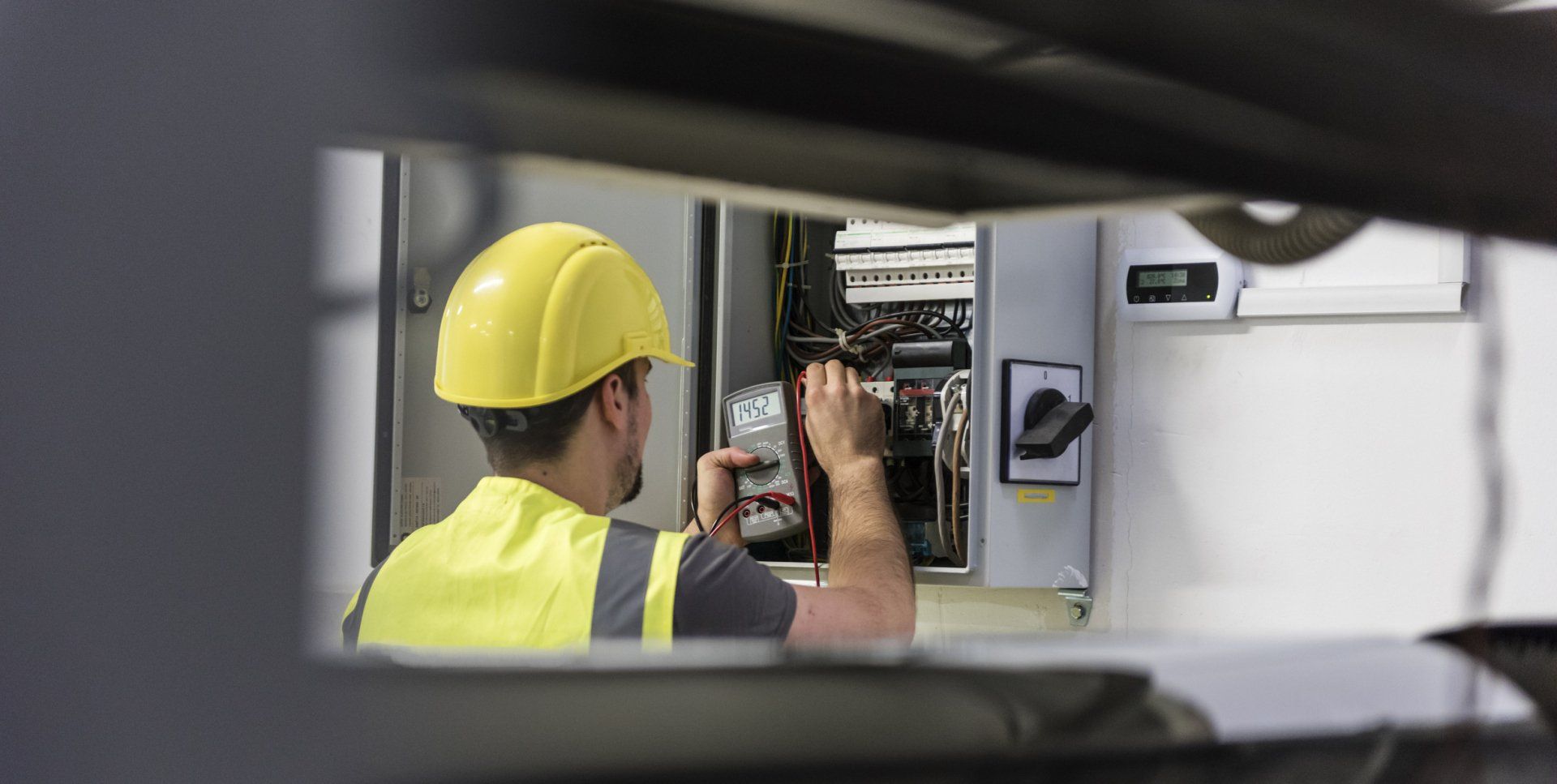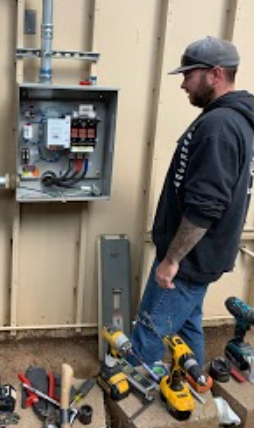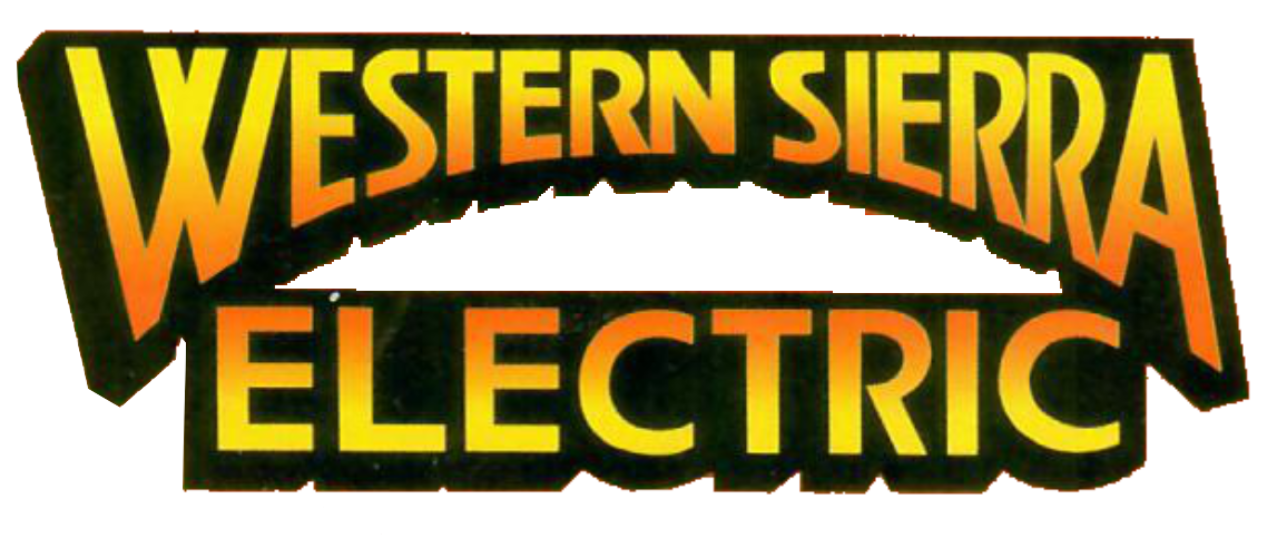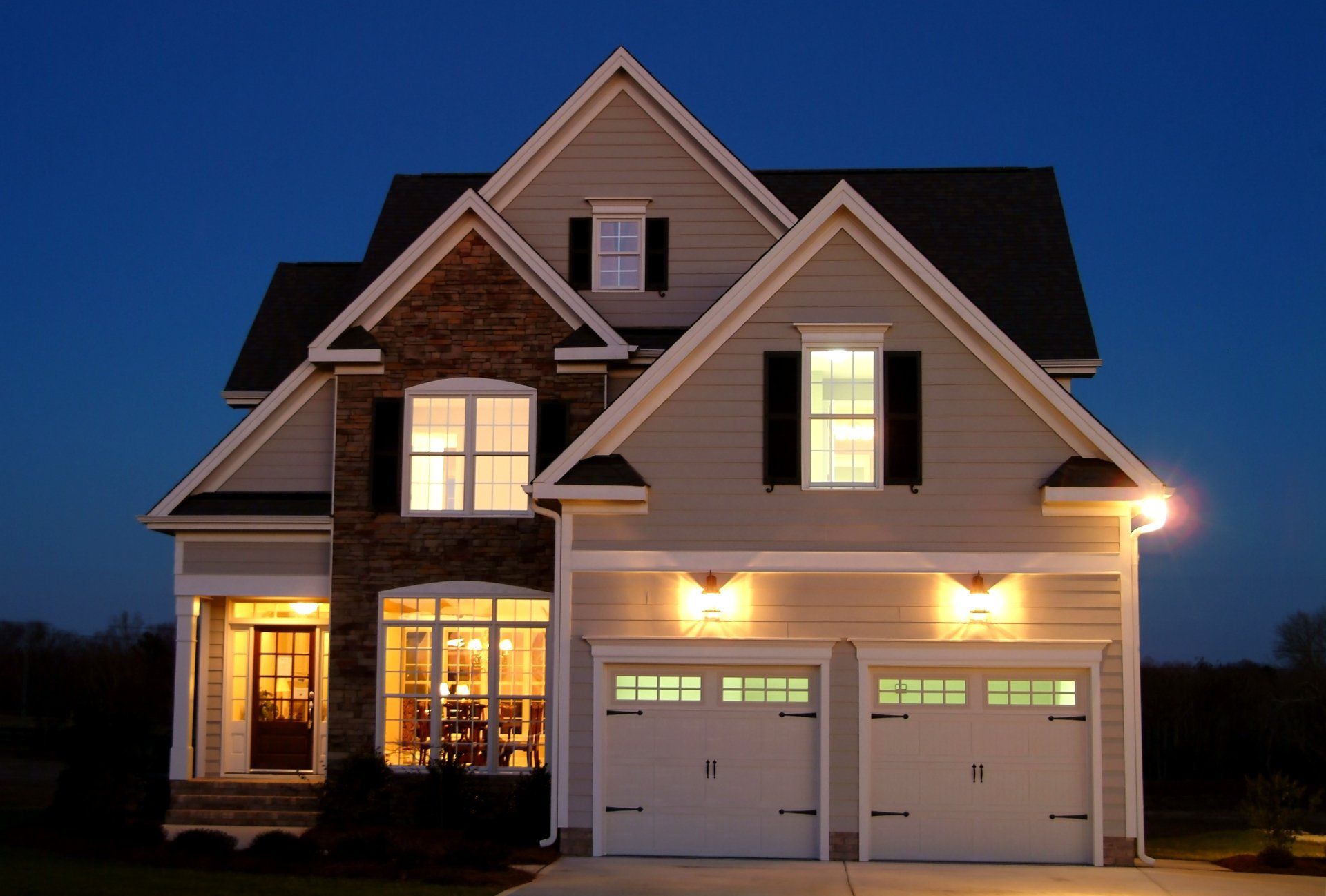What Are the Benefits of Installing an EV Home Charger? Here’s Everything You Need to Know
From Cost Savings to Incentives: Here Is Why a Home Charger Is a Smart Investment for EV Owners
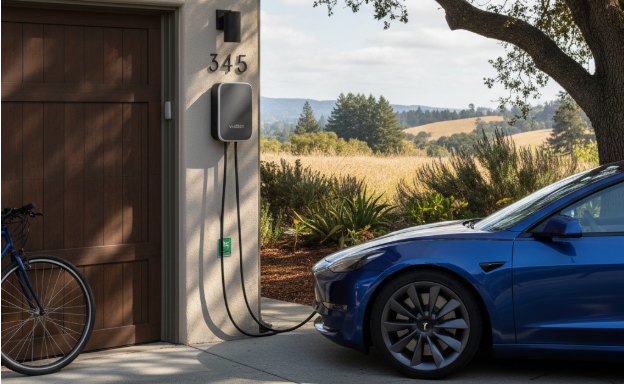
As electric vehicles (EVs) become increasingly common on the roads, more homeowners are asking: Should I install a home EV charger? The answer is a resounding yes — and here’s why Western Sierra Electric Inc. is ready to help you make the smart transition for your home, wallet, and future.
Why Install a Home EV Charger?
1. Convenience & Time Savings
- No more frequent trips to public charging stations. You wake up every morning with a “full tank.”
- Faster charging: A Level 2 (240-volt) charger can add 20–30+ miles of range per hour (versus 3–5 mph on a standard 120-volt outlet).
- We can install your charger where it's most convenient (garage, carport, driveway) and optimize for future capacity.
2. Lower Cost per Mile
Electricity is typically cheaper than gasoline on a per-mile basis. Charging at home (especially during off-peak hours) reduces your “fuel” cost dramatically compared to public DC fast chargers or charging networks.
3. Added Home Value & Appeal
A home EV charger is a value-add amenity—especially as EV adoption continues to rise. Prospective buyers increasingly expect homes to be “EV-ready.”
4. Control Over Charging & Smarter Energy Use
- You can set schedules to charge during low-rate periods (overnight) to minimize utility costs.
- Some chargers integrate with home energy systems and solar setups, enabling load management and more efficient energy usage.
- Bidirectional or vehicle-to-home (V2H) capable chargers can serve as backup power in some setups (if your EV supports it).
5. Environmental & Emissions Benefits
Charging an EV at home with cleaner electricity reduces your carbon footprint and supports national and local clean energy goals.
How State + Federal Incentives Help Offset Costs
When you factor in incentive programs, the cost of installing a home EV charger becomes much more attractive.
⚡ Federal Incentive: 30% Tax Credit (up to $1,000)
Under the
Alternative Fuel Vehicle Refueling Property Credit (IRC Section 30C), individuals who purchase and install a home EV charger between 2023 and 2033 may claim
30% of the cost, including installation, up to
$1,000 per charging port.
IRS+2IRS+2
If your community qualifies (non-urban or low-income census tract), the benefit is available as a
direct pay option in some cases.
Plug In America
For more details, see the IRS page on the Alternative Fuel Vehicle Refueling Property Credit. IRS
🔋 State and Local Rebates (Especially in California)
Because Western Sierra Electric Inc. is locally rooted, it’s important to check your specific utility or air district. Here are a few examples:
- PG&E Residential Charging Solutions — offers rebates on approved EV charging equipment; in some cases up to 50% or even 100% of the equipment cost for income-eligible households. PG&E
- Pasadena (City) EV Charger Rebate — $600 rebate for a “Wi-Fi-enabled” charger; $200 for a standard charger. Pasadena Water and Power
- El Dorado County Air Quality Management District — up to $300 rebate for Level 2 charger purchases. Alternative Fuels Data Center
- Many California utilities and air districts also offer rebates to help offset the cost of installation, wiring, or panel upgrades. Clean Vehicle Rebate Project+1
Because these programs are often limited in funding and operate on a first-come, first-served basis, it’s smart to explore eligibility early.
How to Proceed (Your Step-by-Step Roadmap)
- Assess Your Electrical Panel & Load Capacity
A home inspection helps determine whether your panel can support a Level 2 charger or if an upgrade is needed. - Choose the Right Charger
Look for certified, Wi-Fi or smart-capable Level 2 chargers that support load management and scheduling. (We can guide you on model recommendations.) - Check Utility & Local Incentives
Use state or local “incentive search” tools like the California DriveClean incentives search tool. DriveClean
Also check with your local utility or air district to see what rebates or funding is currently available. - Hire a Licensed Electrician (Like Us!)
Proper wiring, permitting, and installation are critical for safety and eligibility for incentives. - Claim Your Incentive / Tax Credit
Save all invoices and documentation. Work with a tax professional to claim the 30C credit, if eligible.
Why Choose Western Sierra Electric Inc.?
With deep knowledge of local codes, permits, and utility interconnection in Sierra County and surrounding areas, Western Sierra Electric Inc. ensures a smooth, safe, and incentive-optimized installation. We stay current with federal and state rules so you don’t have to. Whether a homeowner is adding a charger or upgrading service panels for future needs, we’re here to get it done right.
Ready to get started? Call us today at 530-644-5938.
Frequently Asked Questions
Q: Can I still use a regular 120V (Level 1) outlet instead of installing a Level 2 charger?
A: You can, but charging is very slow (only a few miles of range per hour). For most EV drivers, a Level 2 charger (240V) is far more practical for daily use.
Q: What happens if my home requires a panel upgrade or rewiring?
A: In many cases, a home may need a panel capacity upgrade, new circuitry, or trenching. Incentive programs sometimes cover (or partially cover) “make-ready” costs. Always get a proper assessment and quote before proceeding.
Q: Will the 30% federal tax credit always be available?
A: The current credit is applicable for qualified installations between 2023 and 2033, with a $1,000 cap per charging port.
IRS+2Plug In America+2 However, incentive rules and deadlines can evolve, so it’s wise to act while the programs are in place and confirm eligibility for your location.
